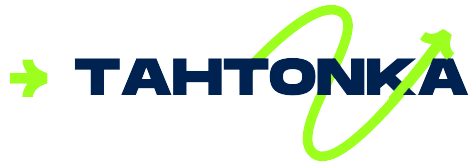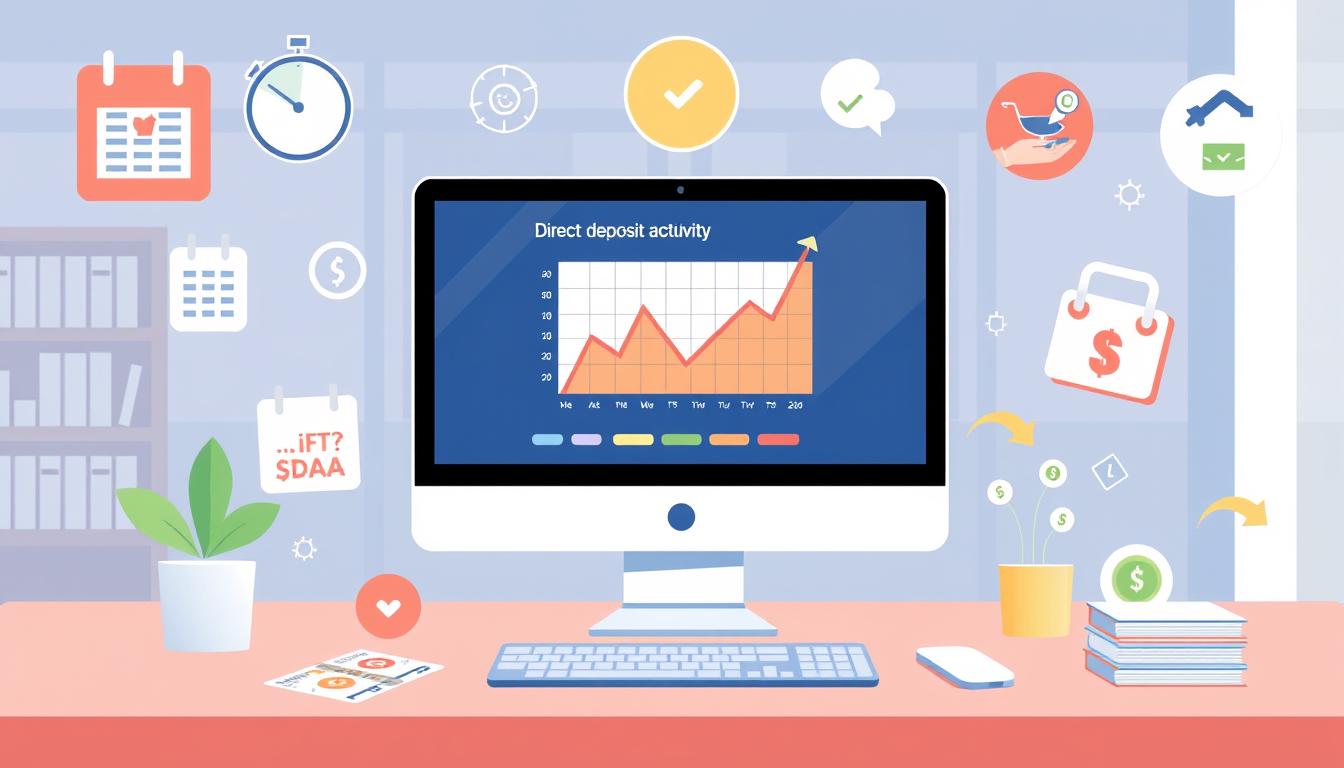In today’s fast-paced financial landscape, understanding what a DDA debit is can significantly enhance your banking experience. A Demand Deposit Account (DDA) allows you to withdraw funds anytime without prior notice, a fundamental feature of modern banking. These accounts serve as financial tools vital for managing everyday expenses while providing immediate access to cash for daily transactions. As of early July 2024, the total volume of demand deposit accounts in the U.S. reached an impressive $5.287 trillion, demonstrating their foundational role in the economy.
From direct deposit accounts enabling automated payroll to bill payments and purchases, DDAs simplify your life in countless ways. However, it’s essential to note that while these accounts offer liquidity and convenience, they often come with low or no interest rates, representing a trade-off between immediate access and earning potential. In this article, we will delve deeper into DDA banking services, exploring their significance in consumer finance and how they facilitate everyday transactions like never before. Understanding these accounts not only aids in managing your finances but also enhances your overall financial literacy in an increasingly digital economy.
Understanding DDA Debit and Its Functionality
A Demand Deposit Account (DDA) plays a vital role in personal finance management, offering immediate access to your deposited funds. This type of account allows you to withdraw money whenever needed, facilitating daily transactions without prior notice. Typically found in banks and credit unions, DDAs encompass various account types, including checking accounts, savings accounts, and money market accounts. Understanding what is DDA in banking is key to utilizing these accounts effectively.
What Is a Demand Deposit Account (DDA)?
Demand Deposit Accounts are crucial for managing your finances. They allow unrestricted withdrawal access, making them ideal for transactions like bill payments and everyday purchases. Here are some important features of DDAs:
- Common types include checking accounts, savings accounts, and money market accounts.
- Most major banks impose minimum balance requirements to avoid maintenance fees.
- Savings accounts may have restrictions on transaction numbers.
- Money market accounts often provide higher interest rates than standard savings accounts.
- FDIC insures demand deposit accounts up to $250,000 for added security.
How DDA Debits Work
DDA debits refer to transactions directly drawn from your demand deposit account. When you authorize a transaction, such as using a debit card for a purchase, you engage in a DDA debit. This process ensures that your funds are taken out immediately, which simplifies your day-to-day financial management and aligns with how direct deposit accounts work.
Common uses of DDA debit include:
- Subscription payments for services like Netflix or Apple TV.
- Regular charges, such as utilities or insurance premiums.
- Cash withdrawals from ATMs or during in-store purchases.
Understanding DDA debit explained provides insights into how these transactions maintain financial transparency. Unlike credit transactions, DDA debits do not require repayment since the funds are deducted instantaneously, enabling better control over your personal finances.
| Account Type | Liquidity | Typical Fees | Interest Rates |
|---|---|---|---|
| Checking Account | High | Monthly maintenance fees | 0.08% APY |
| Savings Account | Moderate (limited transactions) | Transaction limits | Usually lower than money market accounts |
| Money Market Account | High | Minimum balance fees | Higher than savings accounts |
What Is a DDA Debit? The Benefits of Using Direct Deposit Accounts
Utilizing DDA debit transactions offers numerous advantages that resonate with many consumers. These accounts allow you immediate access to your funds, enabling seamless transactions without unnecessary delays. This feature proves especially valuable in a fast-paced economic environment where quick access to money is essential for daily expenses.
Benefits of DDA Debit Transactions
When managing DDA accounts, you’ll find several notable benefits:
- Instant access to funds for covering everyday expenses.
- Convenient options for bill payments and online transactions.
- Direct deposit of paychecks, enhancing cash flow management.
- Typically low maintenance with no monthly fees or minimum balance requirements.
- Insured by the FDIC or NCUA, safeguarding deposits up to $250,000.

Comparison Between DDA and Regular Accounts
When evaluating DDA vs regular accounts, such as time deposits or savings accounts, the differences become clear:
| Account Type | Maturity Date | Average APY | Access to Funds |
|---|---|---|---|
| Demand Deposit Account | No maturity date | 0.08% | Easy access anytime |
| Time Deposit Account | Set maturity date | 1.84% | Access may incur penalties |
DDAs stand out for their liquidity, allowing deposits and withdrawals at your convenience. In contrast, regular accounts like CDs restrict access to funds over specified periods, potentially leading to penalties for early withdrawal. While DDAs offer immediate financial flexibility, regular accounts may yield higher savings through interest rates. Each account type serves distinct financial needs, highlighting the importance of selecting the right account for your objectives.
Conclusion
In summary, understanding what a DDA debit is and the functionality of Demand Deposit Accounts is essential for efficient financial management. Checking accounts, closely connected to DDA deposits, offer you immediate access to funds, making them a cornerstone of personal finance in a digital world. DDA banking services accurately simplify everyday transactions and provide flexibility for regular payments and withdrawals, which is particularly beneficial in managing expenses effectively.
While fixed deposits may provide higher interest rates, the liquidity and convenience offered by DDA accounts are unmatched. You can utilize mobile app banking and online platforms to conduct withdrawals and process bill payments seamlessly. Even though cheque writing is becoming less common, it remains a viable method for monetary transactions from a DDA. Ultimately, as you evaluate your banking options, consider how Demand Deposit Accounts can best serve your financial needs and contribute to your overall financial strategy.
With a clear understanding of what a DDA debit can do for you, it’s easier to leverage the full array of DDA banking services available. Whether you choose to use savings accounts or engage in money market accounts, always remember that demand deposits are particularly suitable for your everyday transactions and provide instant cash access when needed.

